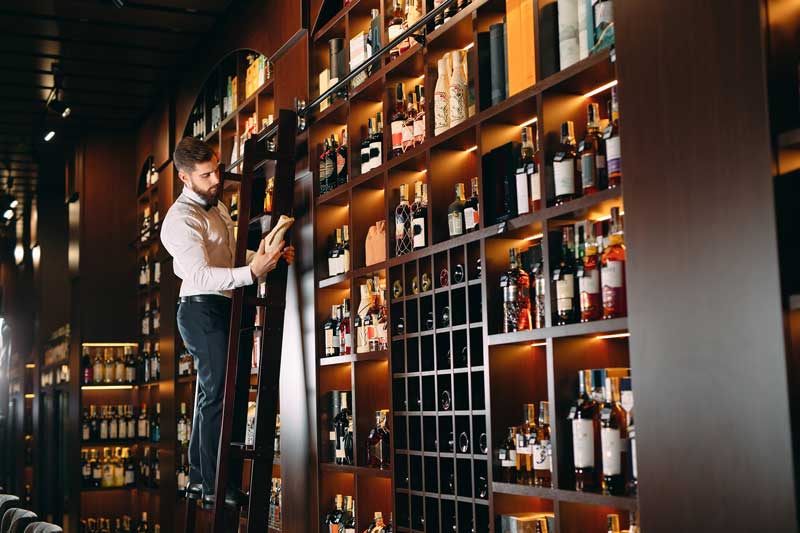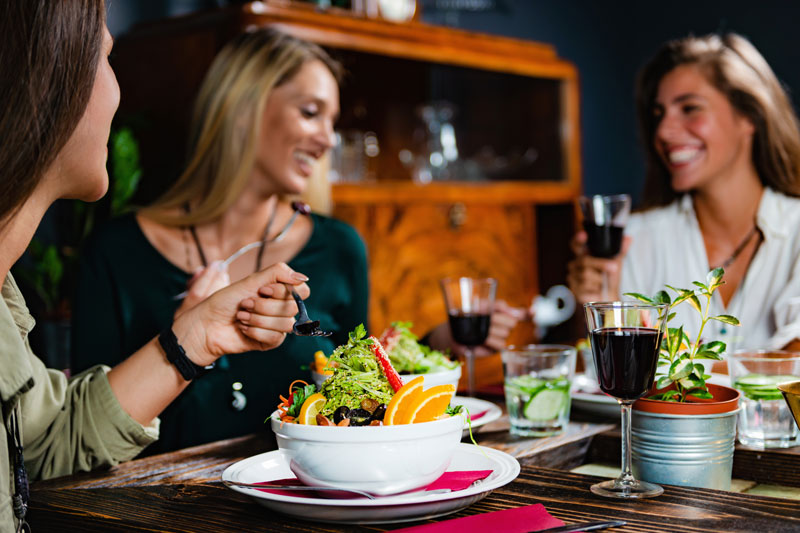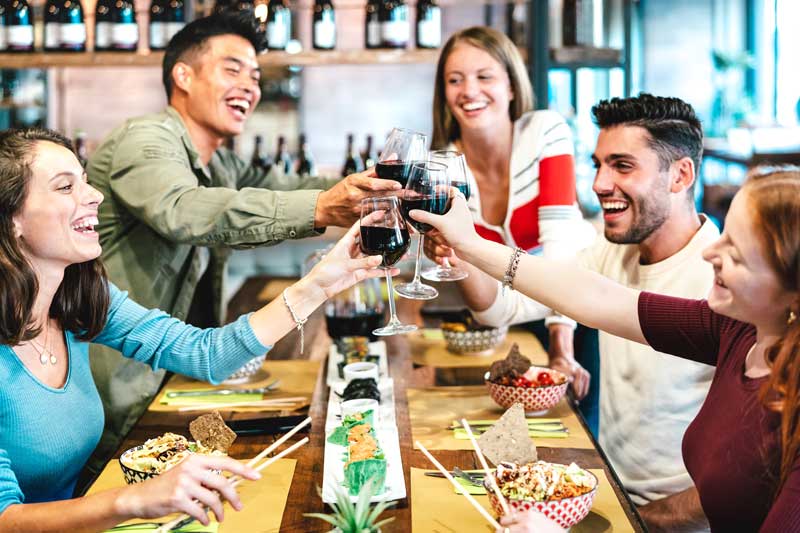The spirits industry has long been associated with sophistication and indulgence, and this only seems to be ringing more true as consumers drift towards increasingly premium options. According to a recent report from Maximize Market Research, the premium spirits market is expected to reach $315.70 billion by 2029, growing at a CAGR of 10.4 percent.
Premium product lines present a unique opportunity for suppliers to both tap into a growing customer base as well as differentiate themselves from the competition. But capitalizing on this trend requires understanding where it’s coming from.
Evolving consumer preferences
Today’s consumers are generally more knowledgeable and discerning about the products they consume than prior generations. According to a report from CGA, 54% of 18-34-year-olds are likely to choose a premium drink versus just 35% of those over 55.
Consumers are now seeking out spirits that offer a unique recipe or showcase a specific crafting method, something that allows them to connect more with the heritage of the beverage as opposed to just using it as a means to an end. The desire for personalized and exclusive offerings has led to the emergence of a new breed of spirits enthusiasts who are willing to explore less-traditional options.

Experiential consumption and social media
In the age of social media and instant sharing, experiences have become more valuable than possessions. Premium spirits and craft cocktails offer consumers a unique experience that goes beyond mere consumption.
Whether it’s a limited-edition release or artisanal craft spirit, these premium products provide an opportunity for consumers to engage with the story, heritage, and craftsmanship behind the brand. The experience of savoring a premium-crafted spirit becomes a social currency, allowing consumers to share their passion and sophistication with others.
Furthermore, influencer marketing has made it easier than ever for brands to get their products in front of the eyes of potential new customers. The increased popularity of platforms like TikTok and Instagram has driven an influx of consumers seeking to recreate cocktail trends and recipes from their favorite influencers.
Western spirits
Tequila and whiskey are currently the leading drivers behind premiumization in the spirits market. Both beverages feature a rich heritage and vibrant cultural background, making them appealing options for those looking for a more authentic drinking experience.
Whiskey tends to be more expensive than other spirits categories already, and a renewed interest from Americans for American whiskies has caused the category to take off. In 2022, whiskey led spirits sales in the US with a whopping $12.5 billion in sales, up 5.9% from last year.
Tequila has also experienced a major shift in consumer behavior, with people now appreciating it for its unique flavor in a manner similar to cognac or whiskey. Furthermore, growing interest in tequila has also led consumers to explore mezcal, which is frequently positioned as a premium product itself.

Differentiation strategies
For spirits producers, premiumization offers a strategic advantage in a highly competitive market. By focusing on high-quality products, producers can differentiate themselves from mass-market offerings that traditionally hold the majority market share. Premiumization allows them to showcase their craftsmanship and expertise, thereby building a loyal (and returning) customer base.
This strategy not only helps to command higher prices but also enhances brand perception and credibility. It enables producers to position themselves as purveyors of luxury and exclusivity, appealing to consumers seeking a distinct and memorable experience.
Learn more
Curious about what else is going on in the spirits industry? Check out our recent white paper—”5 Trends Impacting the Wine & Spirits Industry in 2023.”
- How Spirits Brands Can Improve Brand Loyalty with Data Analytics - January 30, 2024
- The Collapse of Herbl, and How Other Cannabis Distributors Can Avoid the Same Fate - January 24, 2024
- Top 5 Blog Posts of 2023 - December 28, 2023




